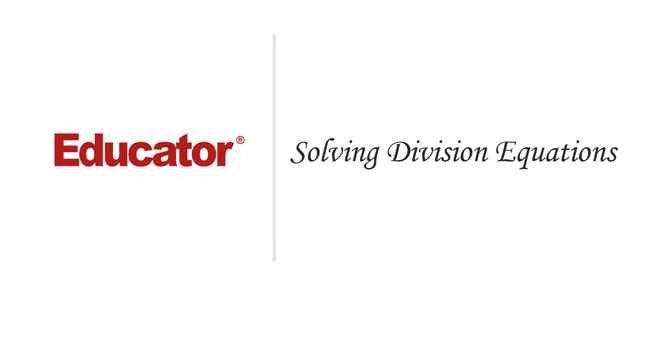Connecting...

This is a quick preview of the lesson. For full access, please Log In or Sign up.
For more information, please see full course syllabus of Basic Math
For more information, please see full course syllabus of Basic Math
Basic Math Solving Division Equation
Lecture Description
In this lesson our instructor talks about solving dividsion equation. First she talks about inverse operation of division. Four complete extra example videos round up this lesson.
Bookmark & Share
Embed
Share this knowledge with your friends!
Copy & Paste this embed code into your website’s HTML
Please ensure that your website editor is in text mode when you paste the code.(In Wordpress, the mode button is on the top right corner.)
×
Since this lesson is not free, only the preview will appear on your website.
- - Allow users to view the embedded video in full-size.
Next Lecture
Previous Lecture










































 Answer Engine
Answer Engine



0 answers
Post by Dmitry Kischukov on May 5, 2021
*Strange background sounds*
0 answers
Post by Jay Chen on March 14, 2020
Nani
0 answers
Post by Shaun Donovan on January 25, 2018
Very Good Lecture
0 answers
Post by Karina Herrera on December 31, 2016
I really enjoyed this lesson! Thank you Educator.com!